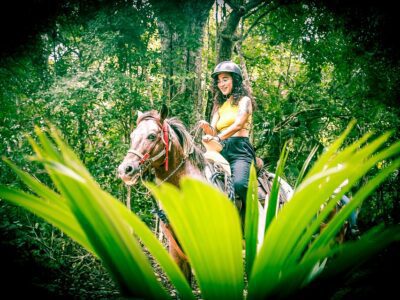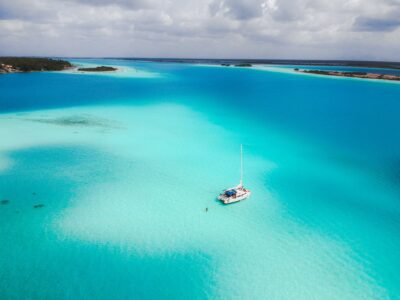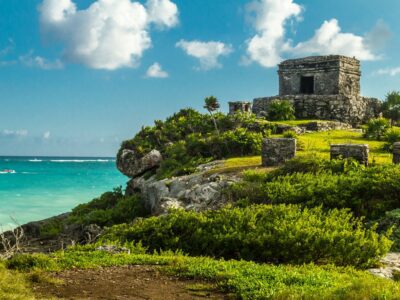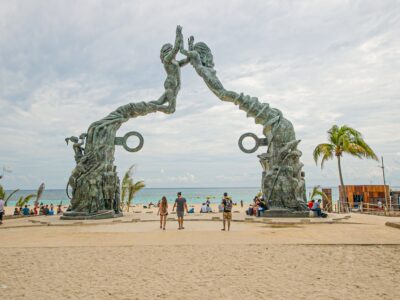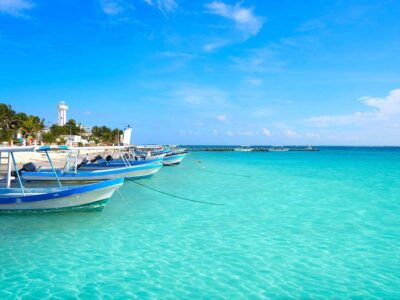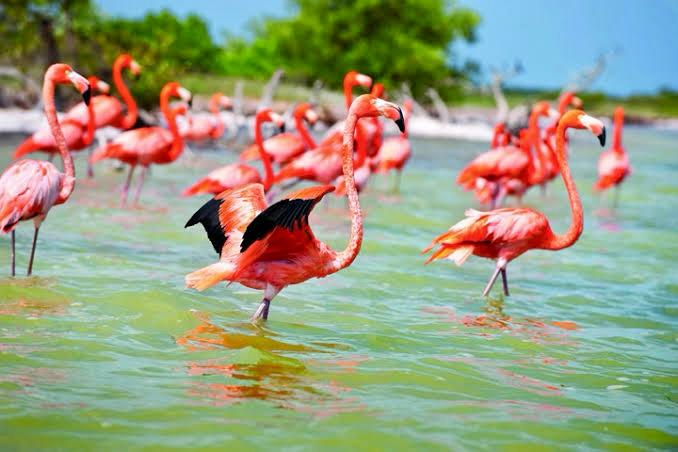The Caribbean flamingo (Phoenicopterus ruber) has been one of the most representative symbols of Yucatán. This bird has not only reached a symbolic level within the local population but also has a strong cultural link, especially in the coastal areas of the state.
Despite its historical presence, climate change and human activities are putting its survival at risk, warned Rodrigo Migoya Von Bertrab, founder of the environmental group Niño y Crías A.C, who has worked on the conservation and study of flamenco for more than 15 years.
“It is a special bird. It has become a state symbol. They were even present in the lives of the Mayans, as they have been captured in some Mayan sites on the coast,” he added.
According to the specialist, flamingos are not in danger of extinction, but they are considered a vulnerable species due to the conditions facing their habitat.
He indicated that, in recent years, climate change has brought intense rains and floods that directly affect their nests. The increase in temperature and extreme weather events are factors that make the reproduction of this species difficult.
The activist revealed that another great threat is habitat fragmentation. Highways and paths built on wetlands and coastal areas interrupt the natural migration and feeding routes of flamingos.
This problem, added to the risks of being run over, further reduces their chances of survival.
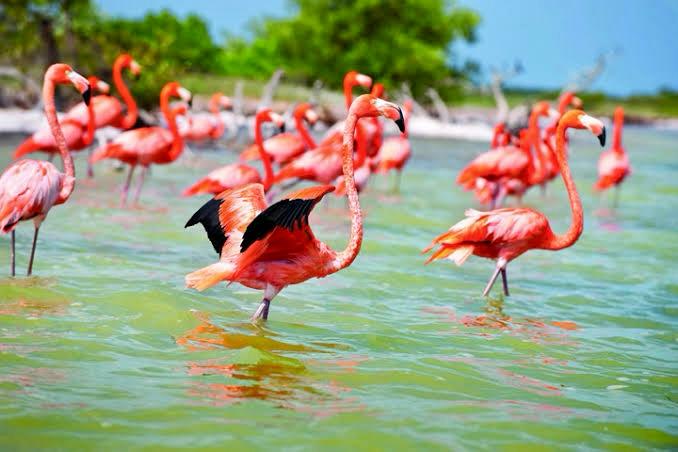
In addition to climatic factors, he explained that the construction of power lines on the coasts has also caused deaths among juvenile flamingos due to collisions. Although the Federal Electricity Commission (CFE) has installed safety devices to avoid these accidents, the problem persists.
Authorities and conservation organizations are implementing measures to protect the flamingo.
In the Ciénagas y Manglares State Reserve on the North Coast of Yucatán, warning signs have been posted to reduce road accidents with flamingos. Additionally, in Mérida, the Centenario and Animaya zoos house specimens to guarantee their safety and reproduction. This emblematic species of Yucatan’s wildlife can be found in the coastal wetlands from the Petenes of Campeche to Isla Holbox, extending its occupation seasonally to Isla Blanca, Cancún, Punta Allen, or the Island of Cozumel.
TYT Newsroom
The post Climate change is affecting the Yucatan flamingo first appeared on The Yucatan Times.







